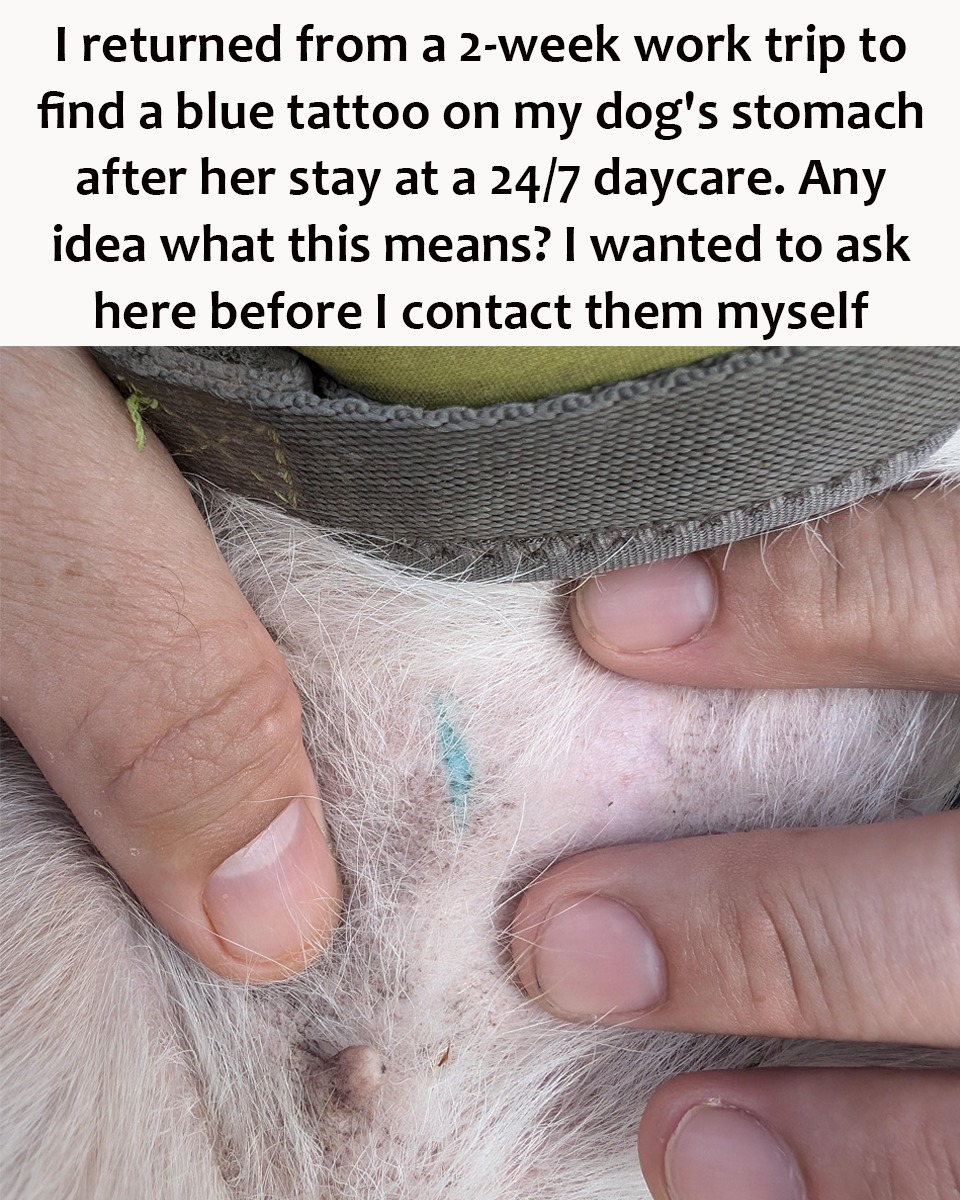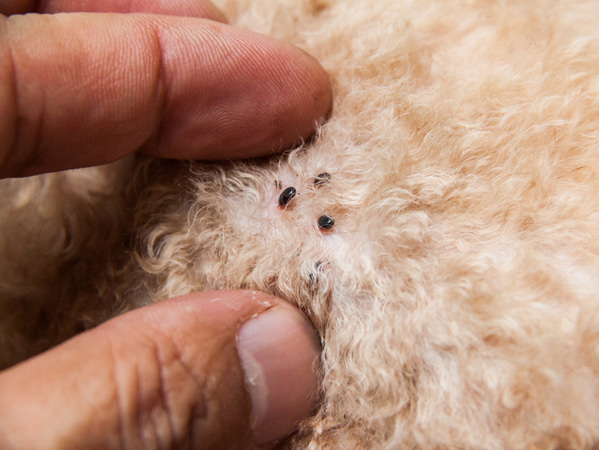
You come home after a two-week trip, excited to see your dog again. She’s been staying at a 24/7 daycare facility, and everything seems fine—until you notice something strange. A small blue tattoo on her stomach. Confused and a little concerned, you’re left wondering what it means and why it’s there.
Before panicking, it’s important to know that pet tattoos are more common than most owners realize, and they often have practical purposes.
Why Pets Get Tattoos
Long before microchipping became standard, tattoos were used as a permanent form of identification. Today, they’re still sometimes used to mark medical history. The most common example is a small line or symbol near the abdomen to show that a dog has been spayed or neutered. This prevents vets from accidentally performing unnecessary surgeries in the future.
In other cases, tattoos can be linked to research programs, breeders, or specific ID systems. What’s unusual is for a tattoo to appear without an owner’s consent—especially if your dog was only meant to be boarded at daycare.
Could the Daycare Be Responsible?
Most 24/7 daycare facilities focus on boarding, grooming, and exercise, but some are connected to veterinary clinics. If yours is one of them, it’s worth checking whether any medical services were provided during your dog’s stay. Still, procedures like spaying or tattooing should never happen without your explicit approval.
What to Do Next

Before calling the facility, gather as much information as you can:
- Take clear photos of the tattoo for reference.
- Review your dog’s medical history to see if any past notes mention a tattoo.
- Check if she was already spayed or had any surgeries where a tattoo might have been applied.
Once you’re prepared, contact the daycare directly. Ask whether any treatments or procedures were performed, if they partner with a vet, and whether they have a policy about tattoos.
Legal and Ethical Questions
Tattooing a pet without owner consent raises serious ethical—and potentially legal—concerns. Permanent markings should only ever be done with approval. If the daycare cannot give you a clear explanation, you may want to escalate the issue to local authorities or pet welfare organizations.
You’re Not Alone
Other owners have shared similar surprises, from unexplained tattoos to unexpected grooming or medical decisions made without permission. Connecting with pet communities online or locally may help you find support—and sometimes answers.
Final Thoughts
Finding a tattoo on your dog’s stomach when you weren’t expecting it can be jarring, but don’t jump to conclusions right away. In many cases, blue tattoos are simple indicators of spay/neuter status. Still, it’s your right to know exactly what happened during your dog’s stay. By documenting everything, asking the right questions, and insisting on transparency, you can get to the bottom of it—and make sure your dog’s care is handled properly in the future.